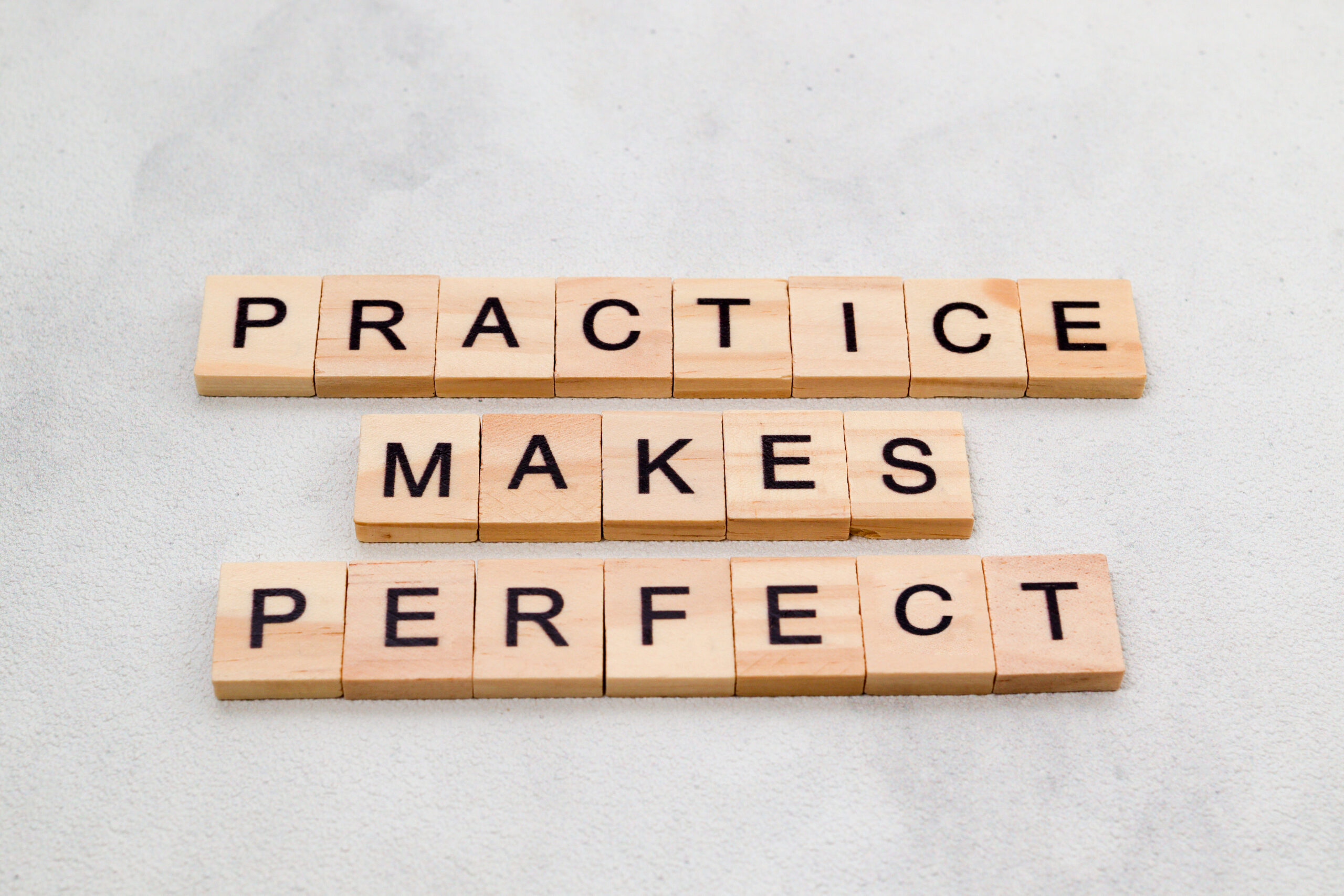
Good Sportsmanship for Youth Coaches
Good sportsmanship is the foundation of youth sports, and as a coach, you have the power to set the tone for your team.


Creating effective practice plans for youth flag football is essential for building a successful team and ensuring players enjoy their experience. A well-structured practice helps young athletes develop core skills, build confidence, and learn the value of teamwork. Here are some key elements and tips for creating productive and engaging practice plans that will maximize development and fun.
Each practice should have a clear focus. Outline the key skills you want players to work on, whether it’s passing, flag-pulling, route-running, or defensive positioning. Define these goals at the start, and communicate them to your players so they know what to focus on that day. For example, if the goal is improving defense, structure drills and scrimmages to emphasize flag-pulling, positioning, and communication.
Begin every practice with a warm-up routine to help players prepare physically and mentally. Start with light jogging or dynamic stretching to get muscles warm and increase flexibility, then move to more sport-specific drills. Simple exercises like high knees, butt kicks, and side shuffles help players loosen up while enhancing agility, which is critical for flag football. Following the warm-up, engage players with quick reaction drills or short shuttle runs to build quickness and readiness.
Youth players benefit most from consistent practice of fundamental skills, so dedicate a portion of practice to core skills like passing, catching, running routes, and flag-pulling. Break these skills down into manageable drills to help players develop muscle memory. For example, running routes can be taught by having players line up and run a few different routes one at a time, focusing on foot placement and turn timing. For flag-pulling, pair players up and practice one-on-one scenarios. Keeping drills short and focused will hold their attention and make learning easier.
After working on core skills, bring players together for small-sided games. Set up 2-on-2 or 3-on-3 drills that simulate game scenarios, allowing players to practice skills like spacing, communication, and quick decision-making. Small-sided games give each player more touches and force them to practice key game skills under realistic conditions. For example, a 3-on-3 game could focus on quick passes and defensive coverage, helping players learn how to adapt in a smaller, controlled environment.
As players become more comfortable with the basics, start introducing simple strategies and team concepts. Begin with offensive and defensive formations, explaining where each position lines up and what their role is. Gradually build on these concepts by showing players basic plays or defensive schemes. When teaching plays, keep it simple and focus on a few go-to plays they can learn well. Too much strategy too soon can be overwhelming, so be patient and let players gain confidence with each new concept.
Finish practice with a short scrimmage to give players a chance to apply what they’ve learned in a real game setting. Scrimmages are a great way for players to practice teamwork, communication, and the flow of the game. They’re also a fun way for kids to end practice, keeping their energy high and leaving them looking forward to the next session. Use this time to observe how players are applying their skills, and make notes on areas that may need more focus in future practices.
Youth flag football practices should be a balance of hard work and fun. Keep practices upbeat and encourage players to ask questions or voice concerns. Positive reinforcement goes a long way in building confidence. If a player struggles, offer encouragement and constructive feedback, showing them you’re invested in their growth. When players feel valued, they’re more engaged and motivated to improve.
End each practice with a cool-down session, allowing players to stretch, hydrate, and bring their heart rates down. A few minutes of static stretching and deep breathing can prevent muscle soreness and reduce injury risk. After the cool-down, gather the team for a brief talk. Recap the day’s focus, celebrate improvements, and acknowledge any standout efforts. A quick discussion keeps everyone informed and reinforces the idea that each practice builds toward the team’s larger goals.
Each team is unique, so adapt your practice plans based on players’ skill levels and progress. Younger teams or beginners may need more focus on the basics, while experienced teams may benefit from complex drills or advanced plays. Listen to your players and adjust your approach as needed. An adaptable practice plan ensures that every player feels challenged and continues developing at their own pace.
Creating effective practice plans requires preparation, organization, and a genuine focus on player development. By building practices around clear objectives, a blend of individual drills and team play, and a positive atmosphere, you’ll create a foundation that encourages young players to learn, improve, and enjoy the game of flag football.

Good sportsmanship is the foundation of youth sports, and as a coach, you have the power to set the tone for your team.

Flag football is one of the fastest-growing sports in the world, combining the strategy of traditional football with a focus on speed, teamwork, and fun.

Maximizing your child’s athletic ability is about more than just excelling in sports; it’s about fostering their physical, mental, and emotional growth.

Managing a difficult situation in youth sports requires patience, empathy, and a focus on maintaining a positive environment for everyone involved.